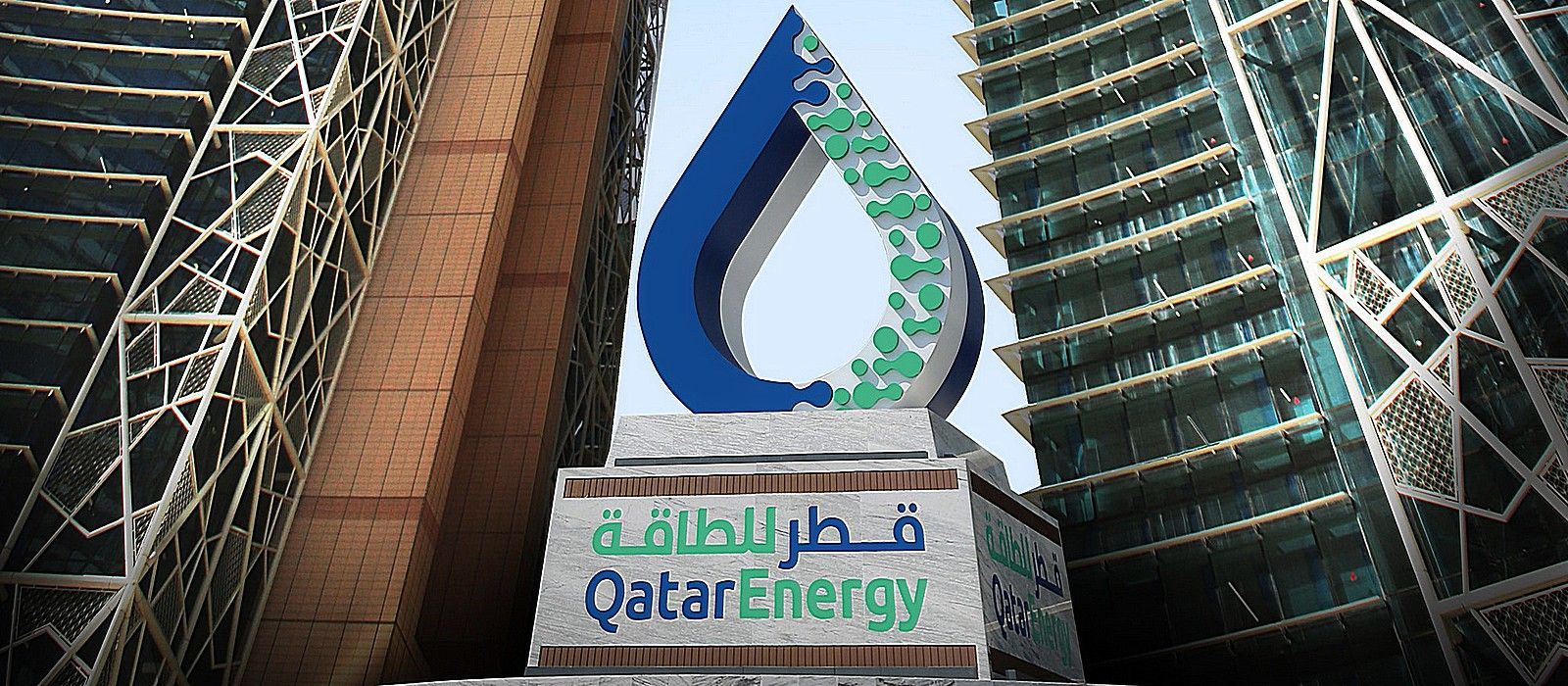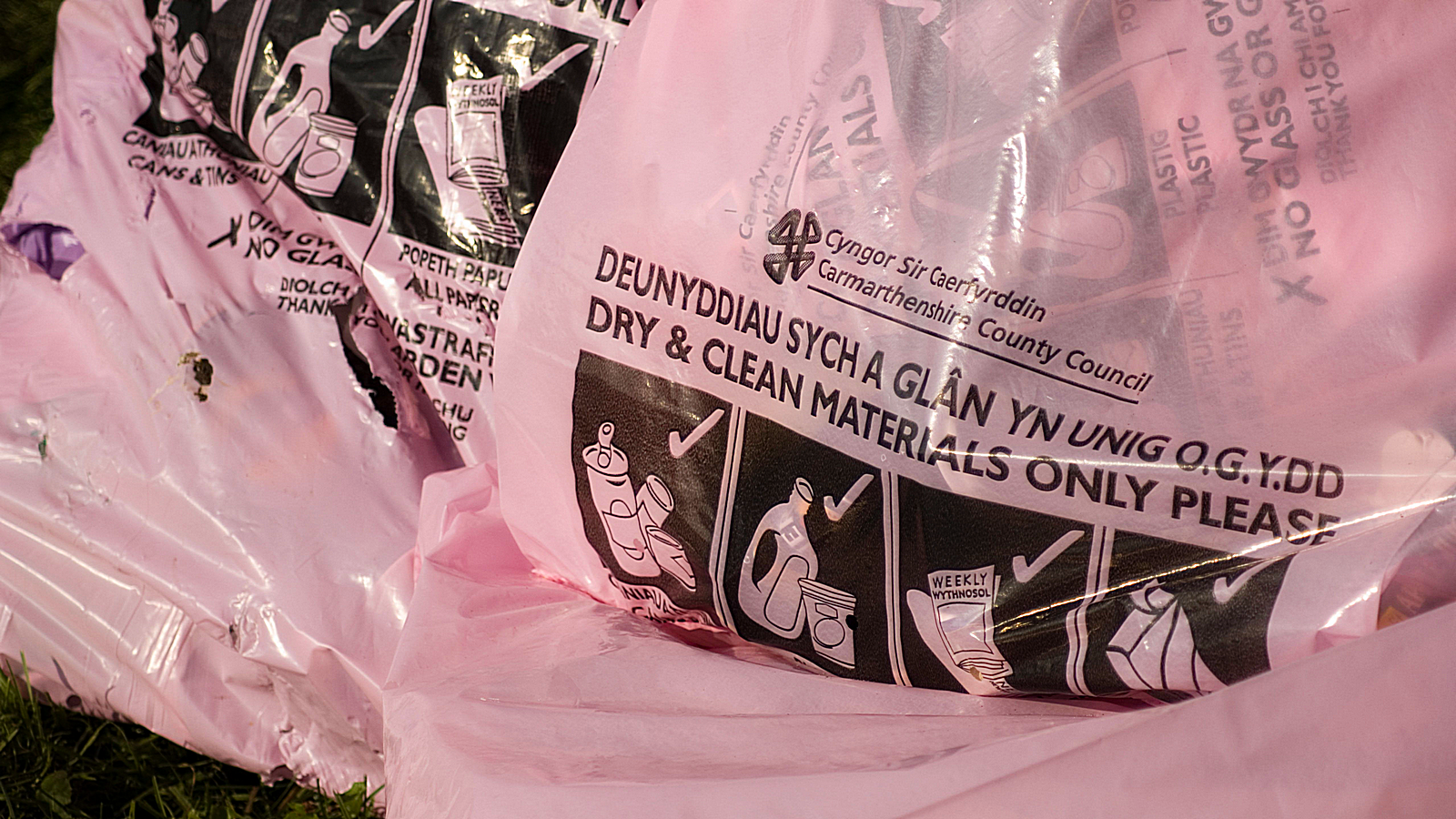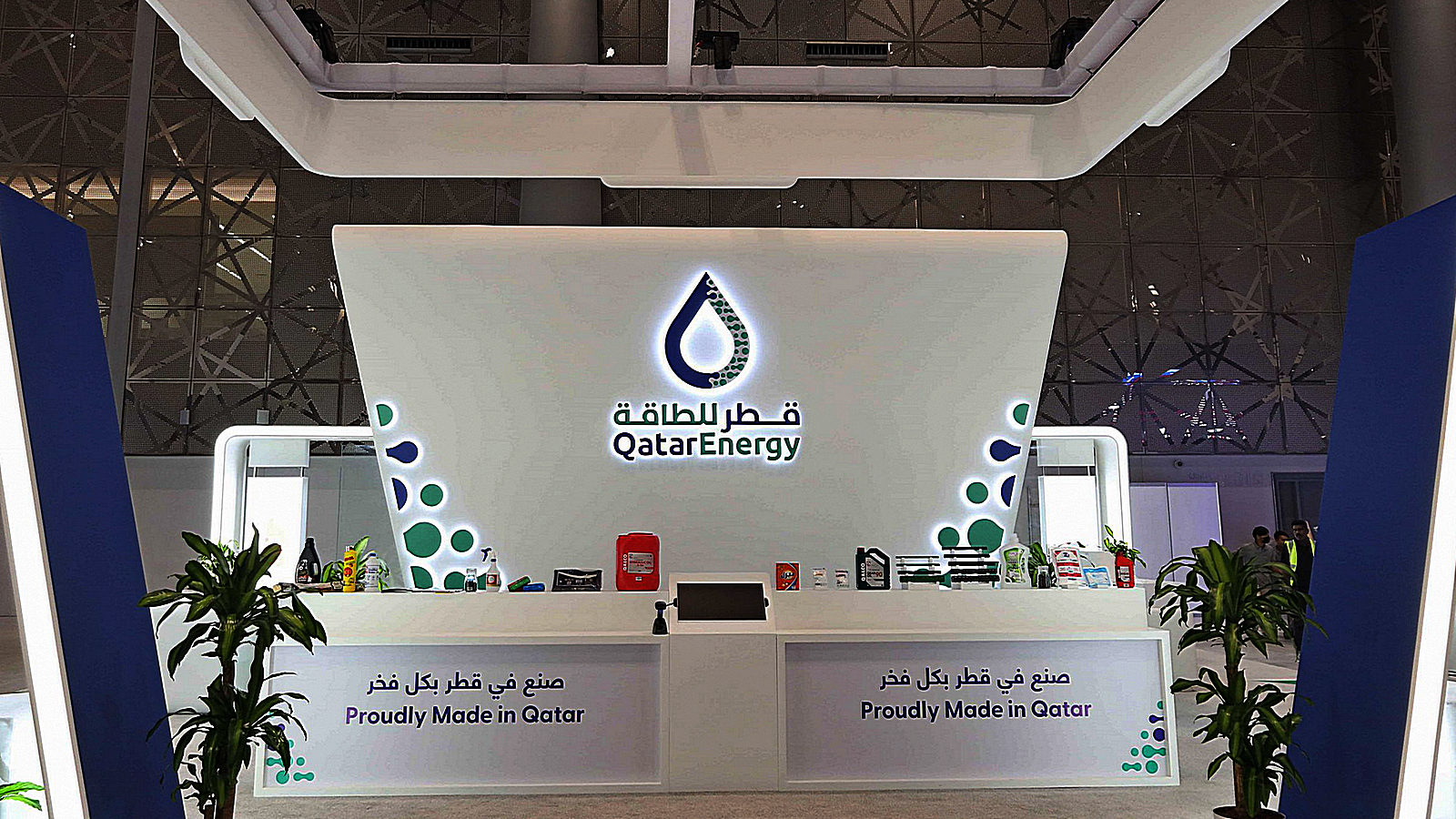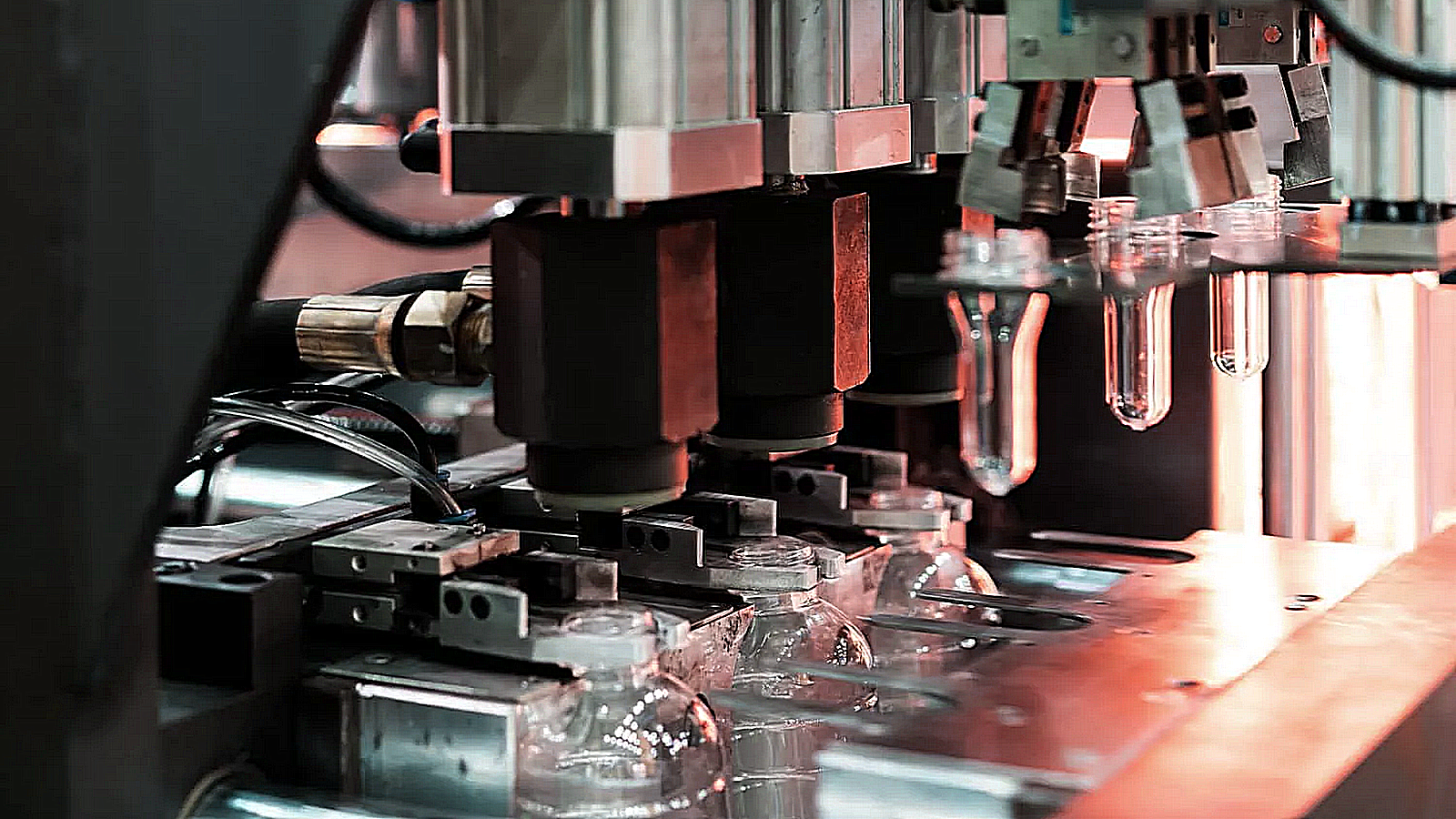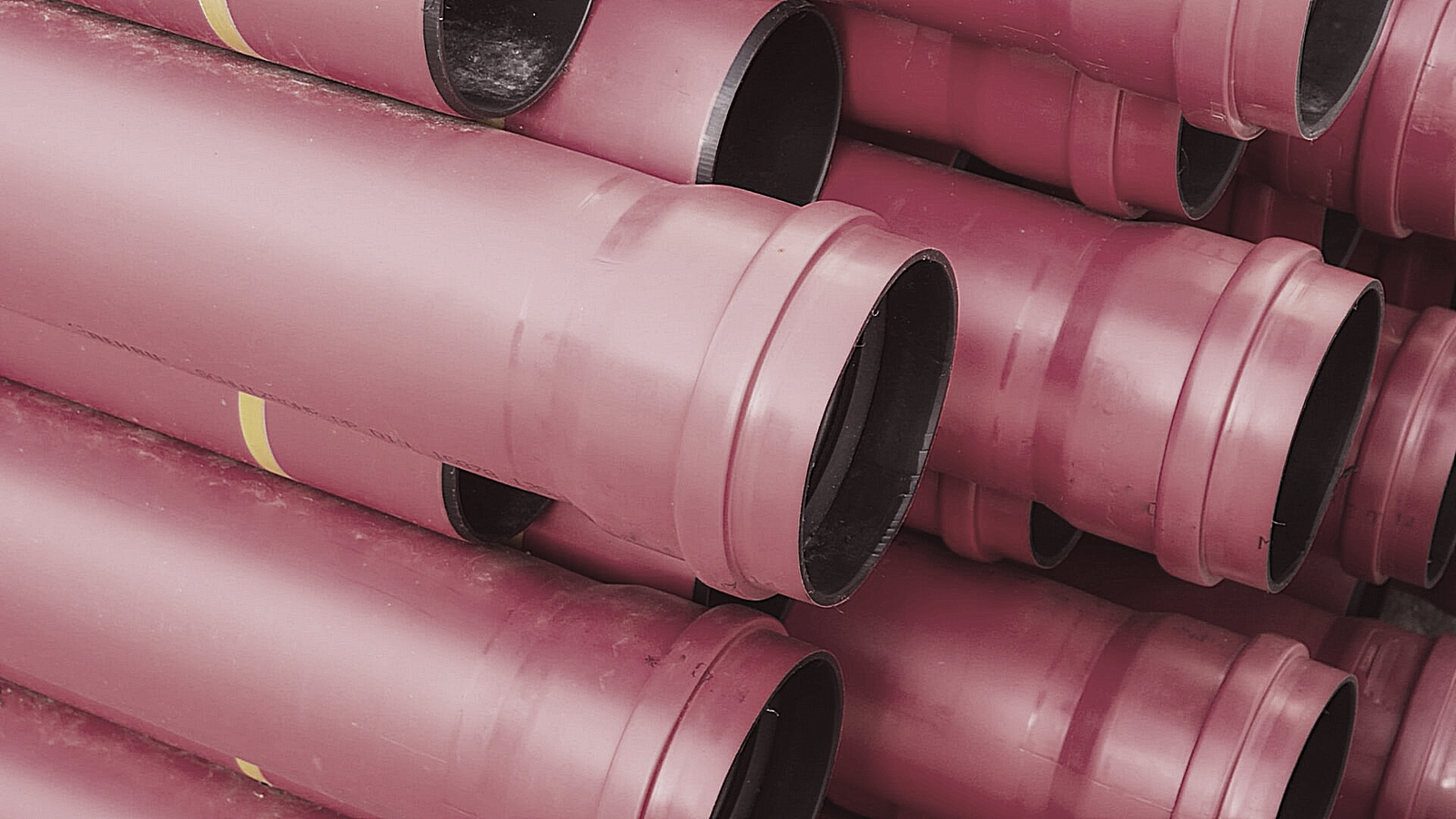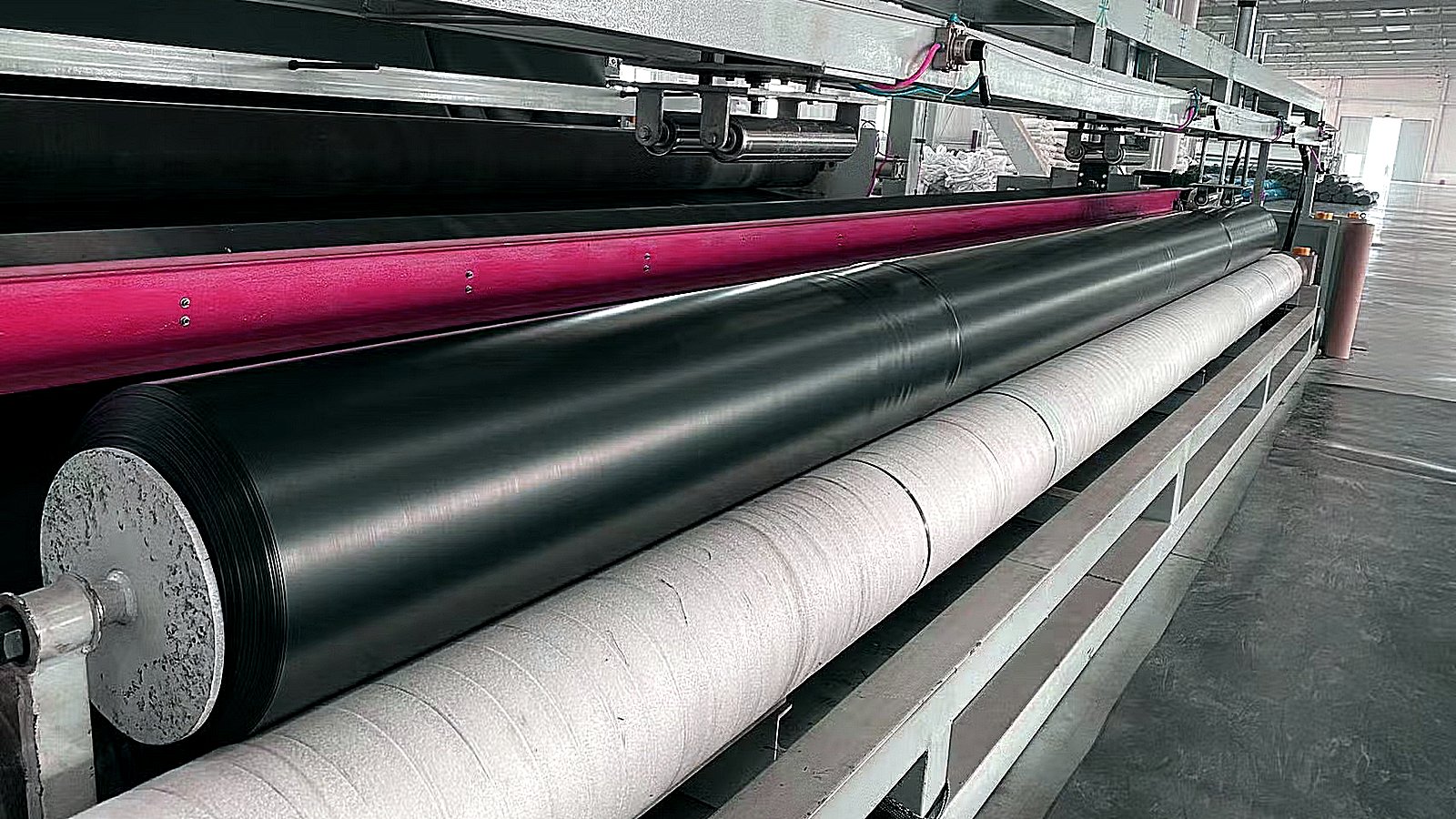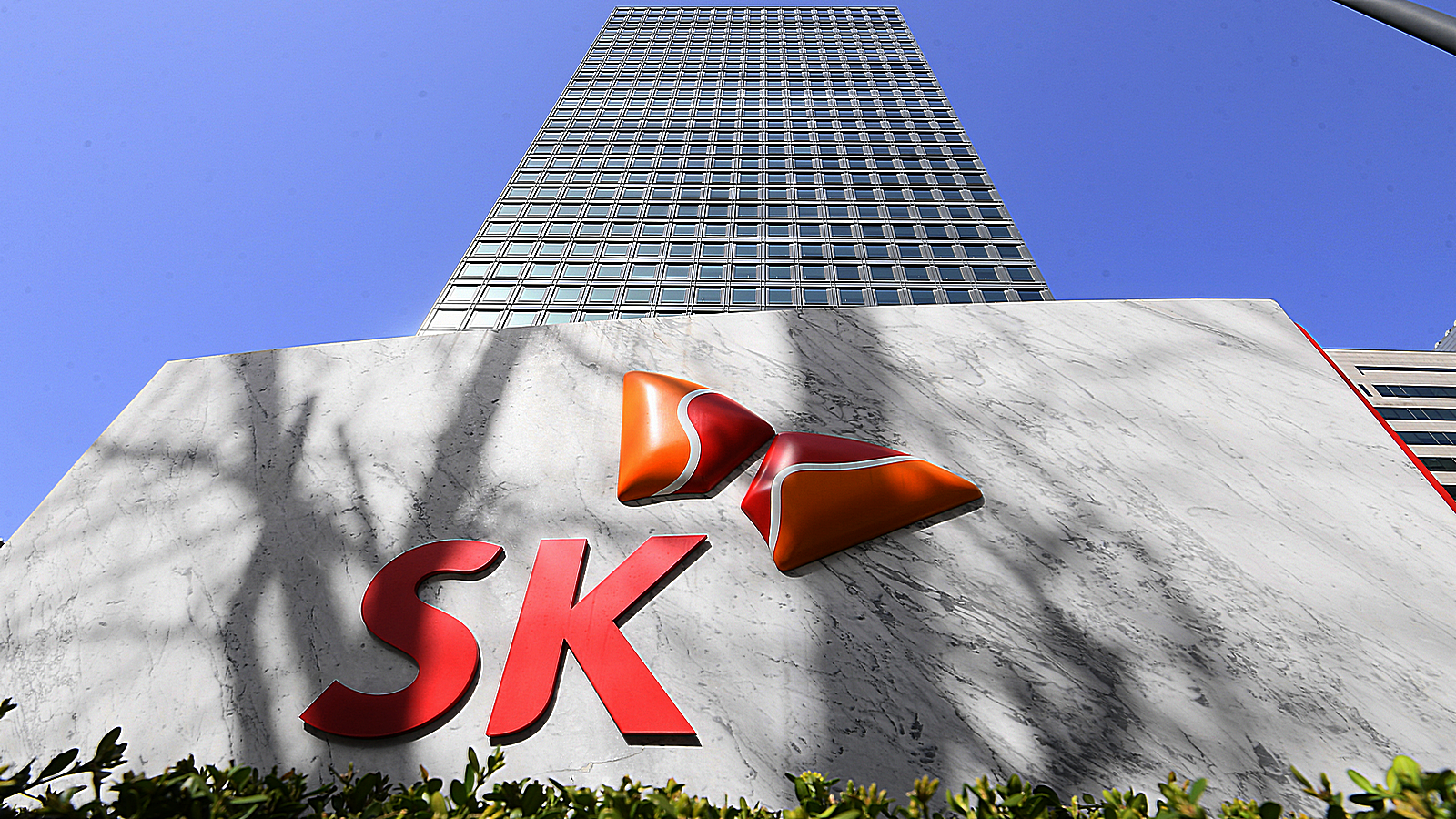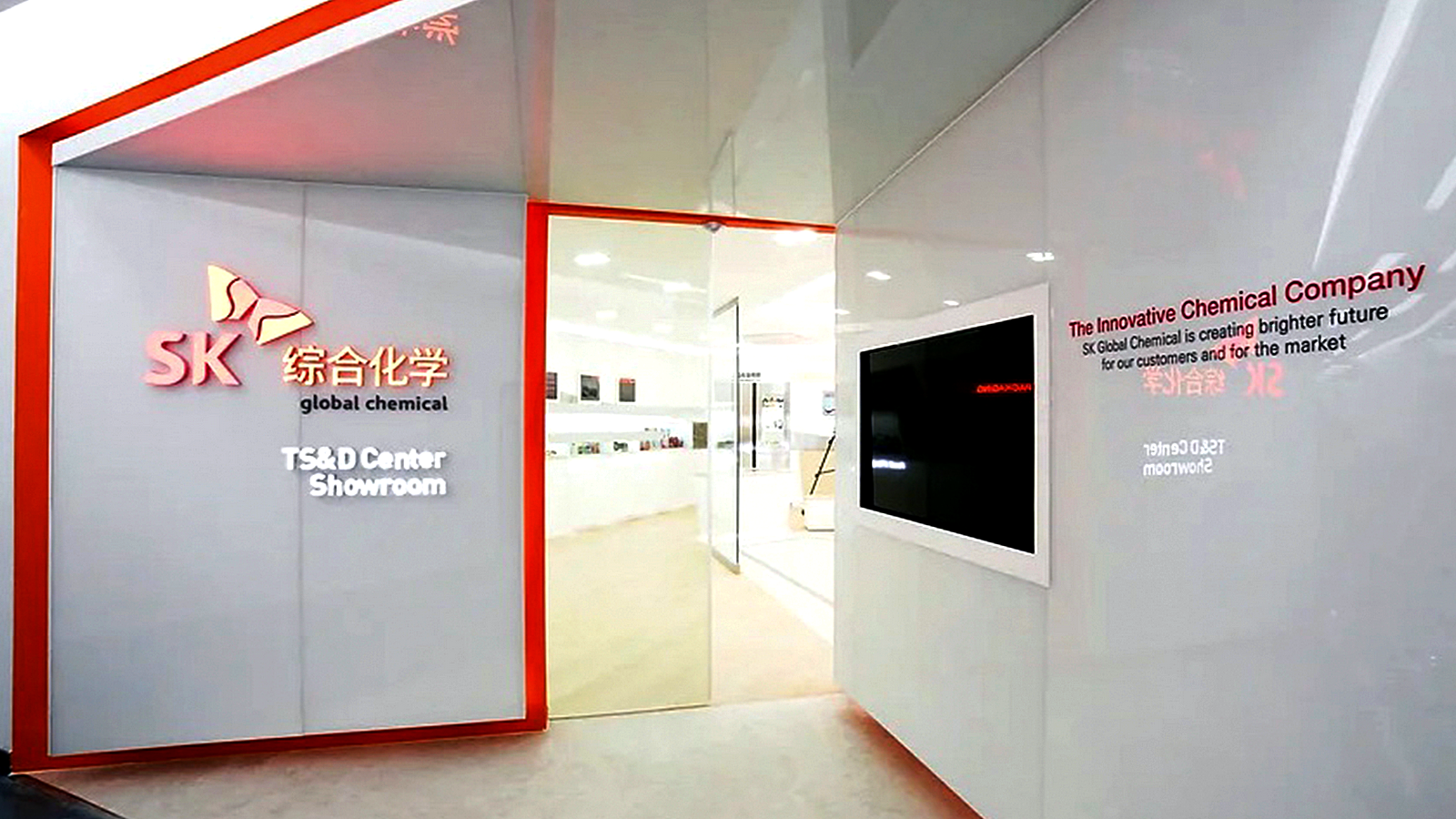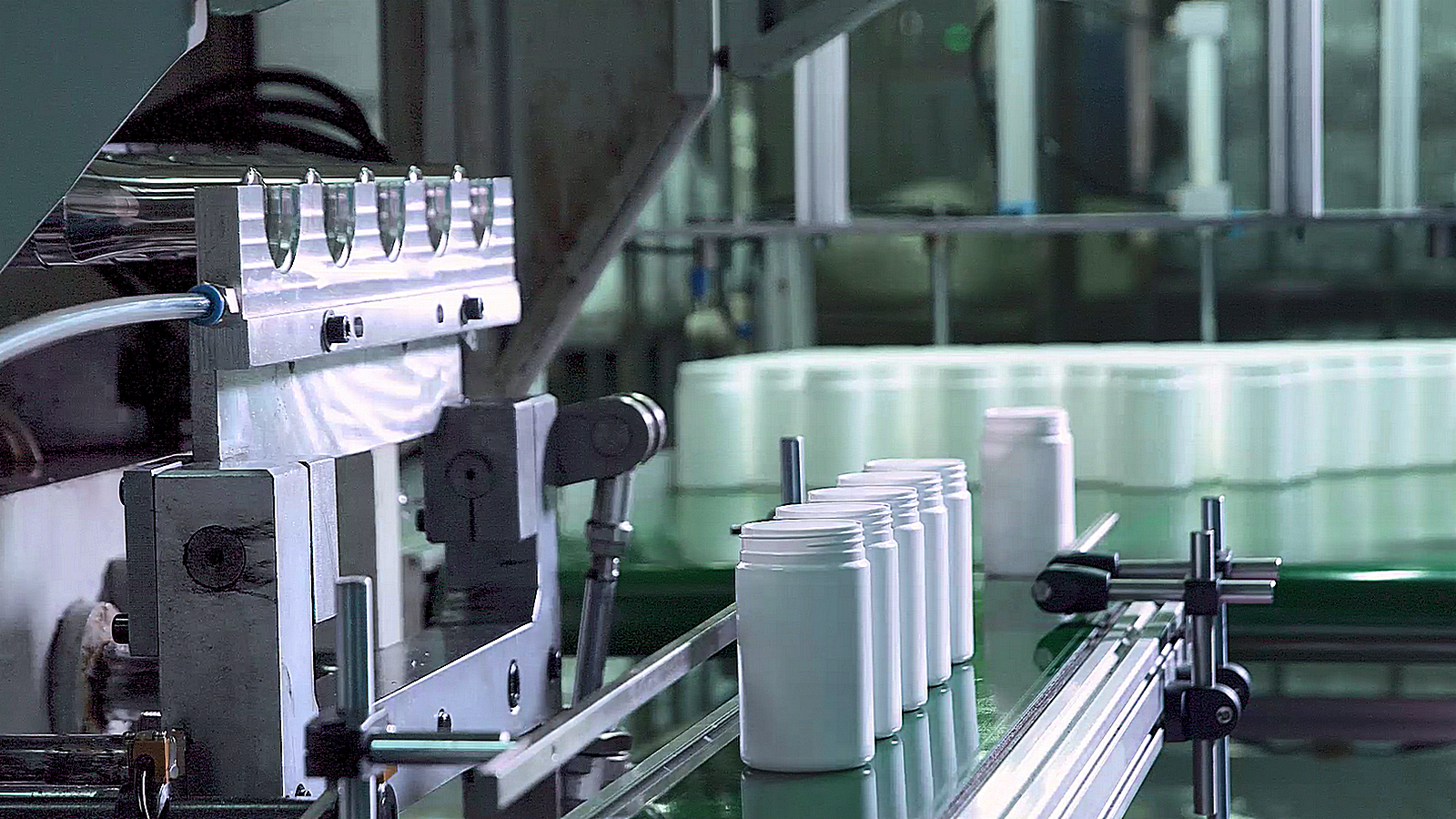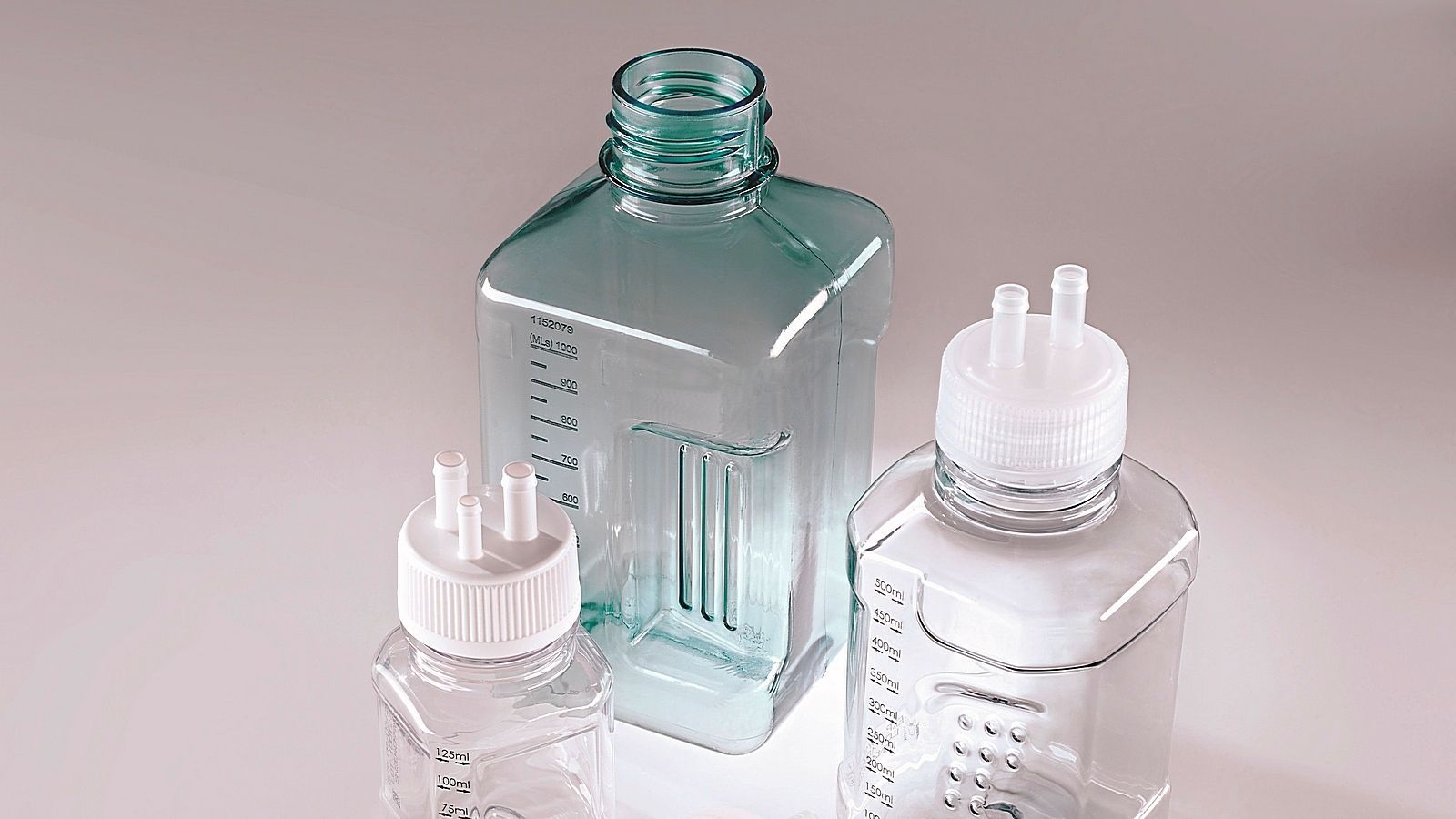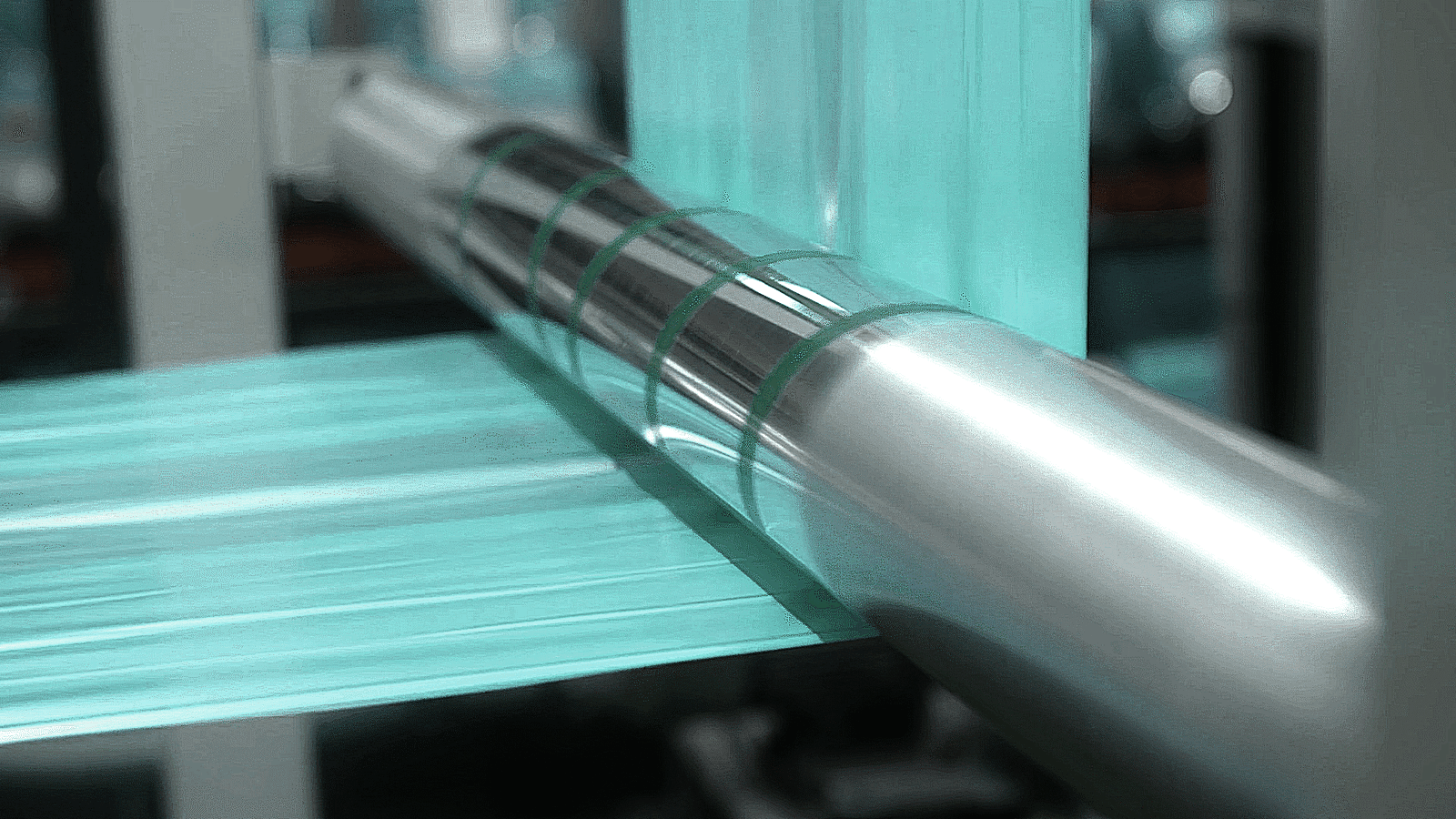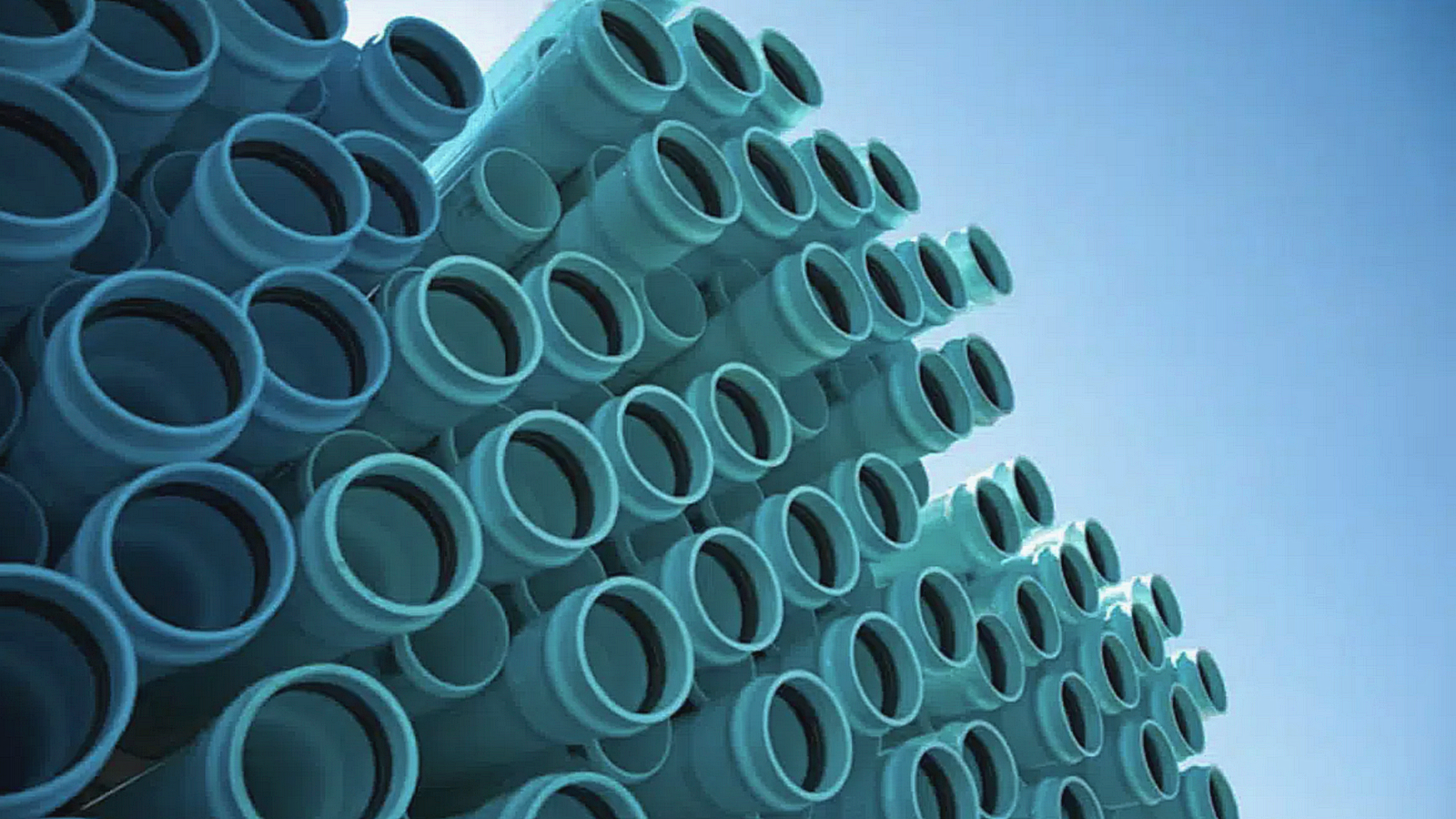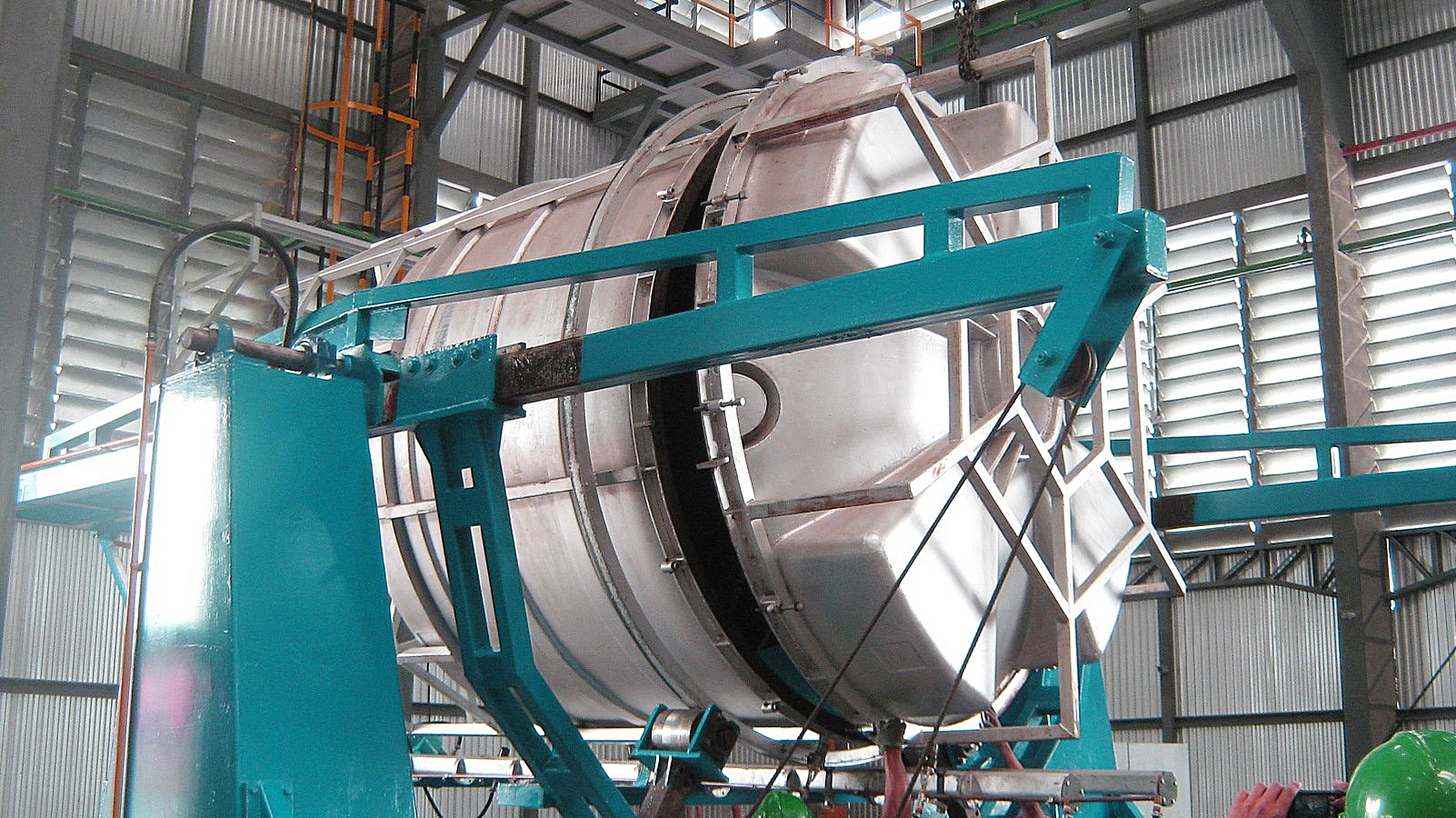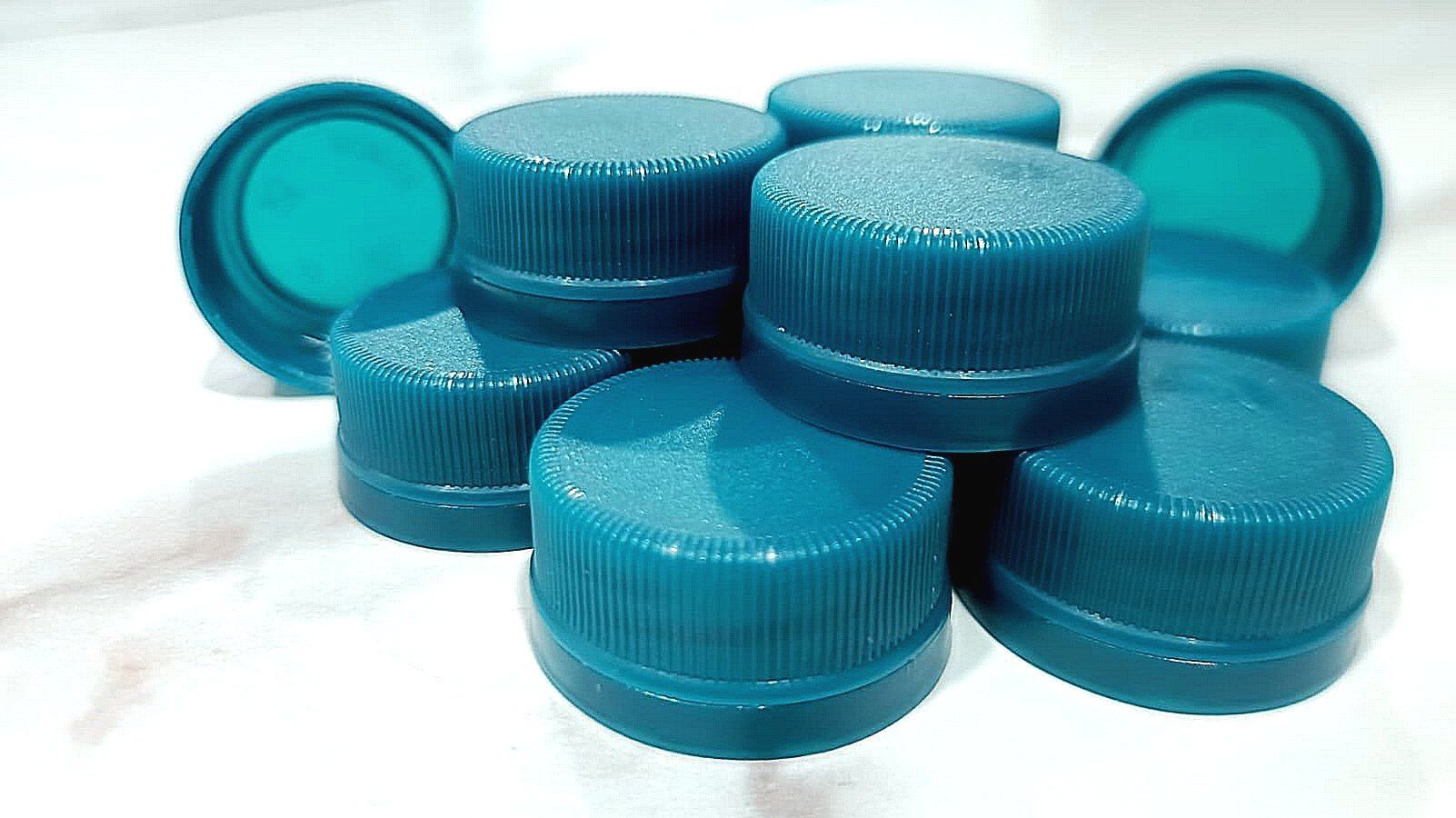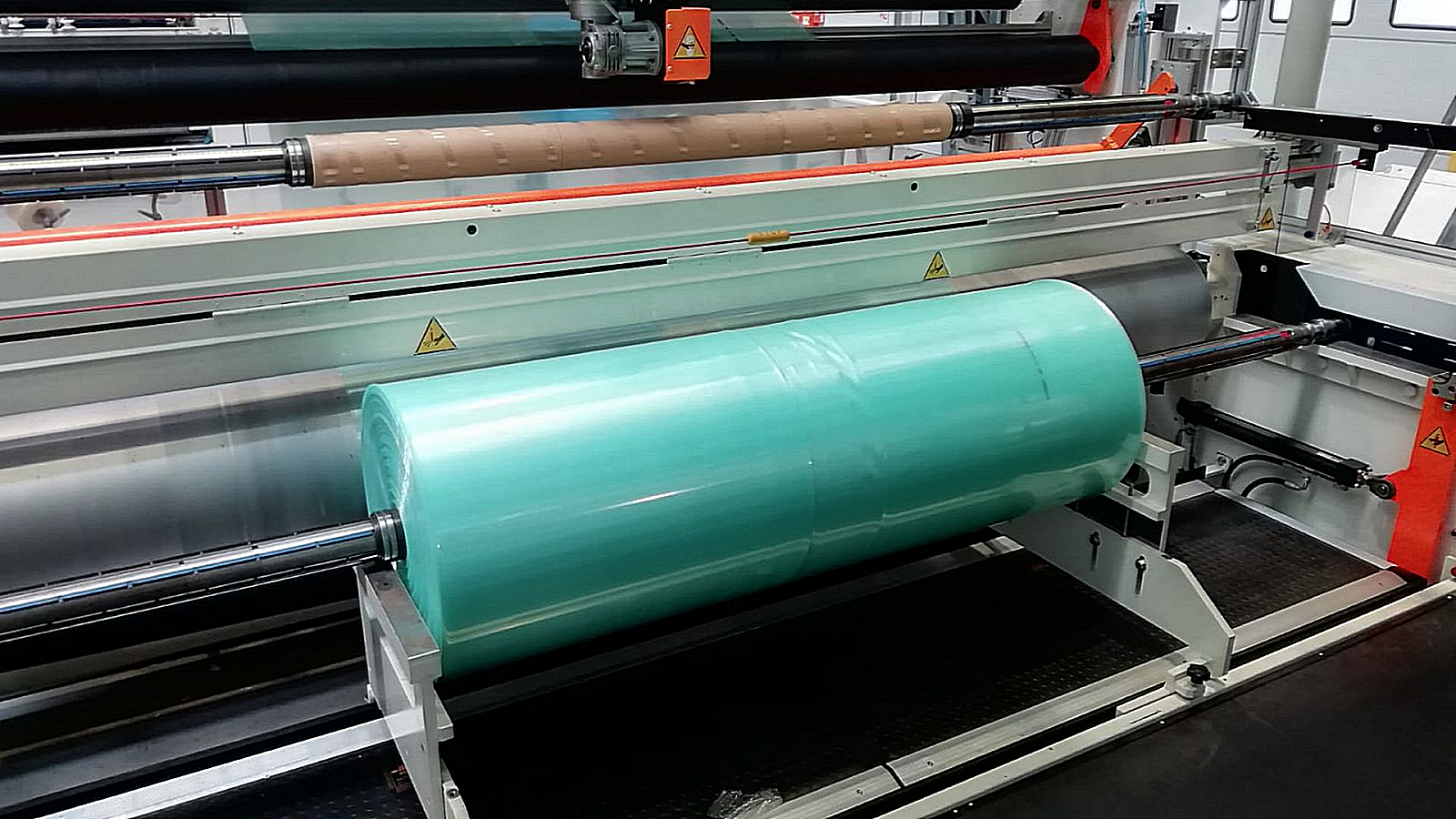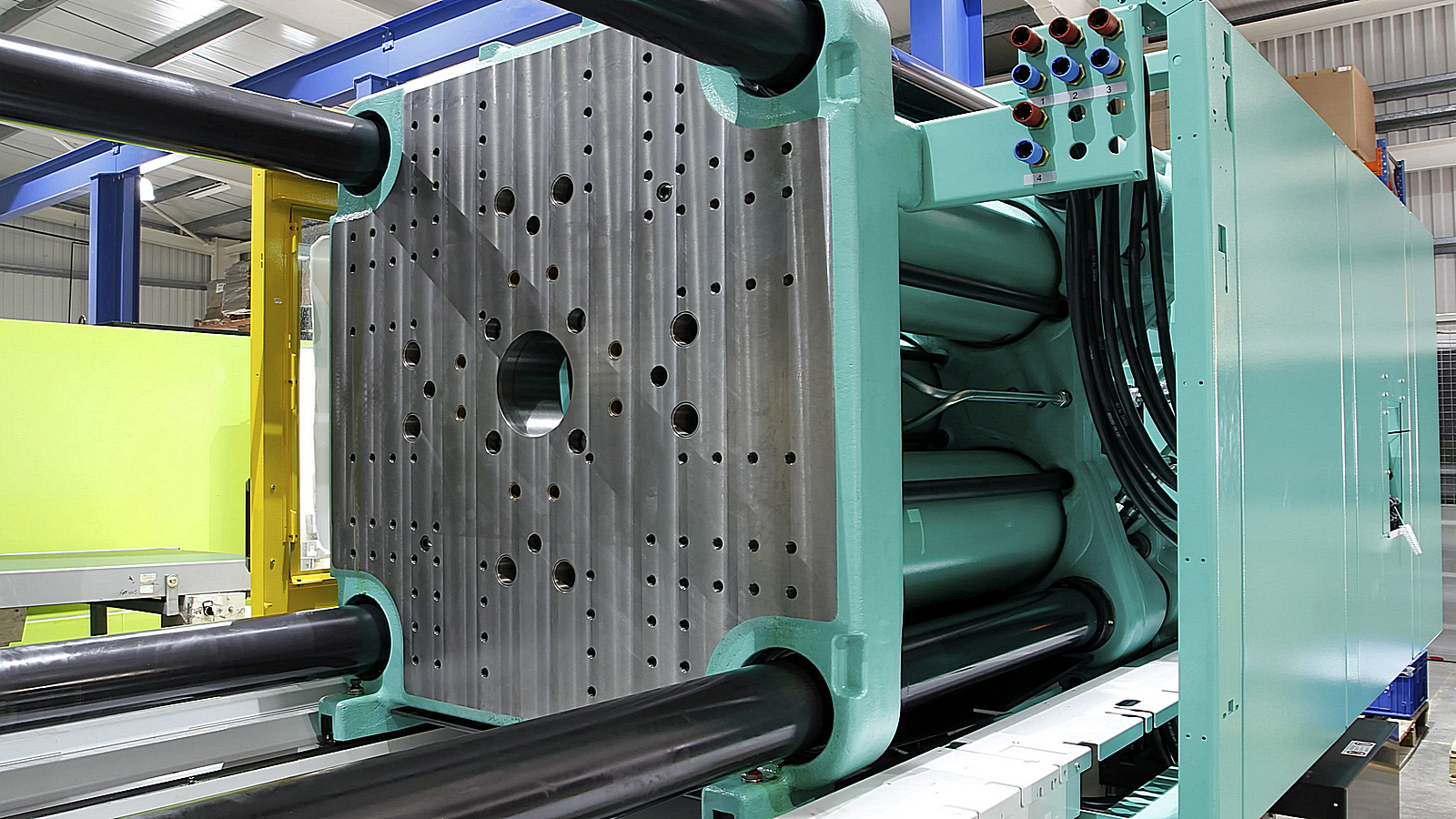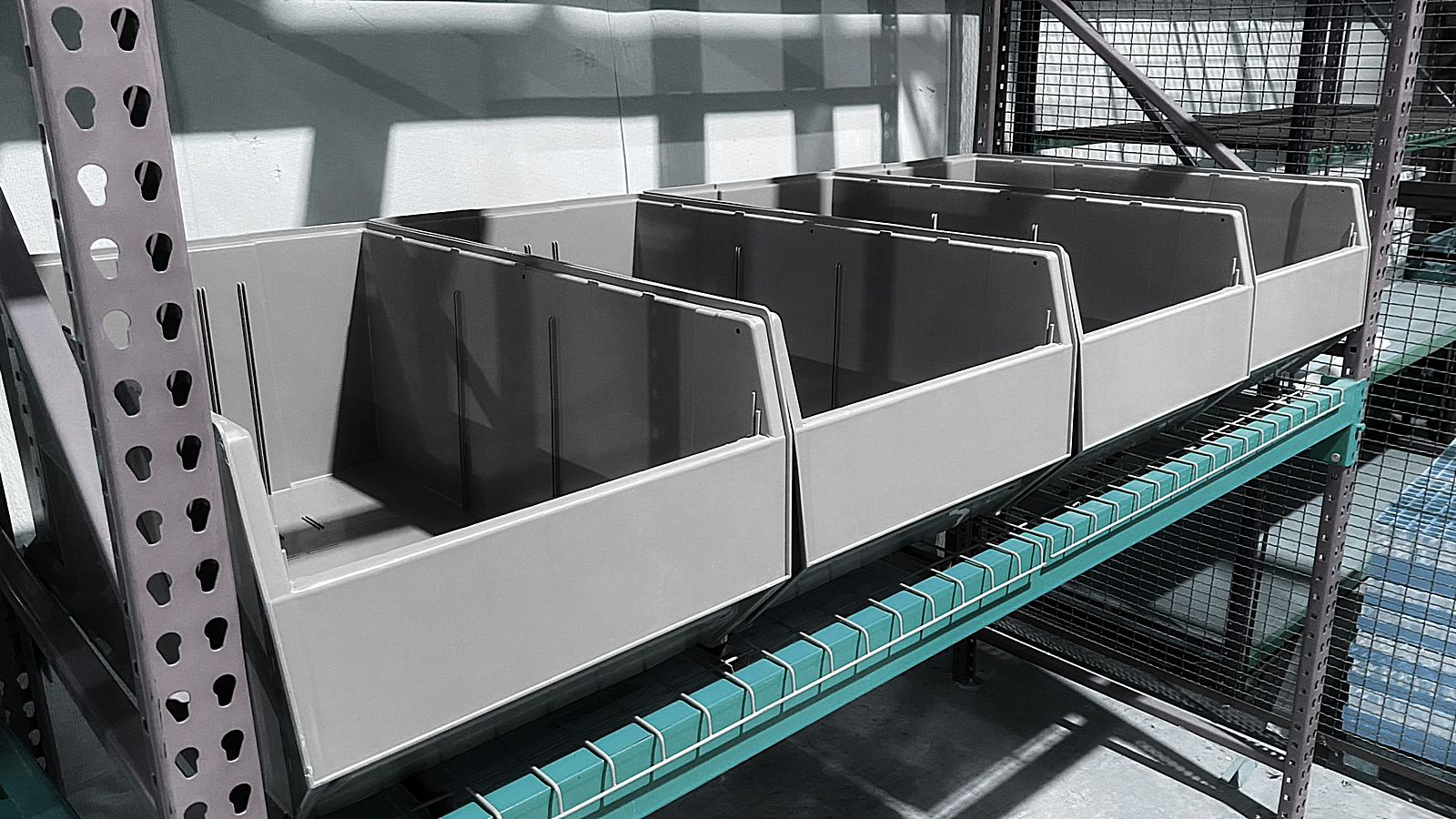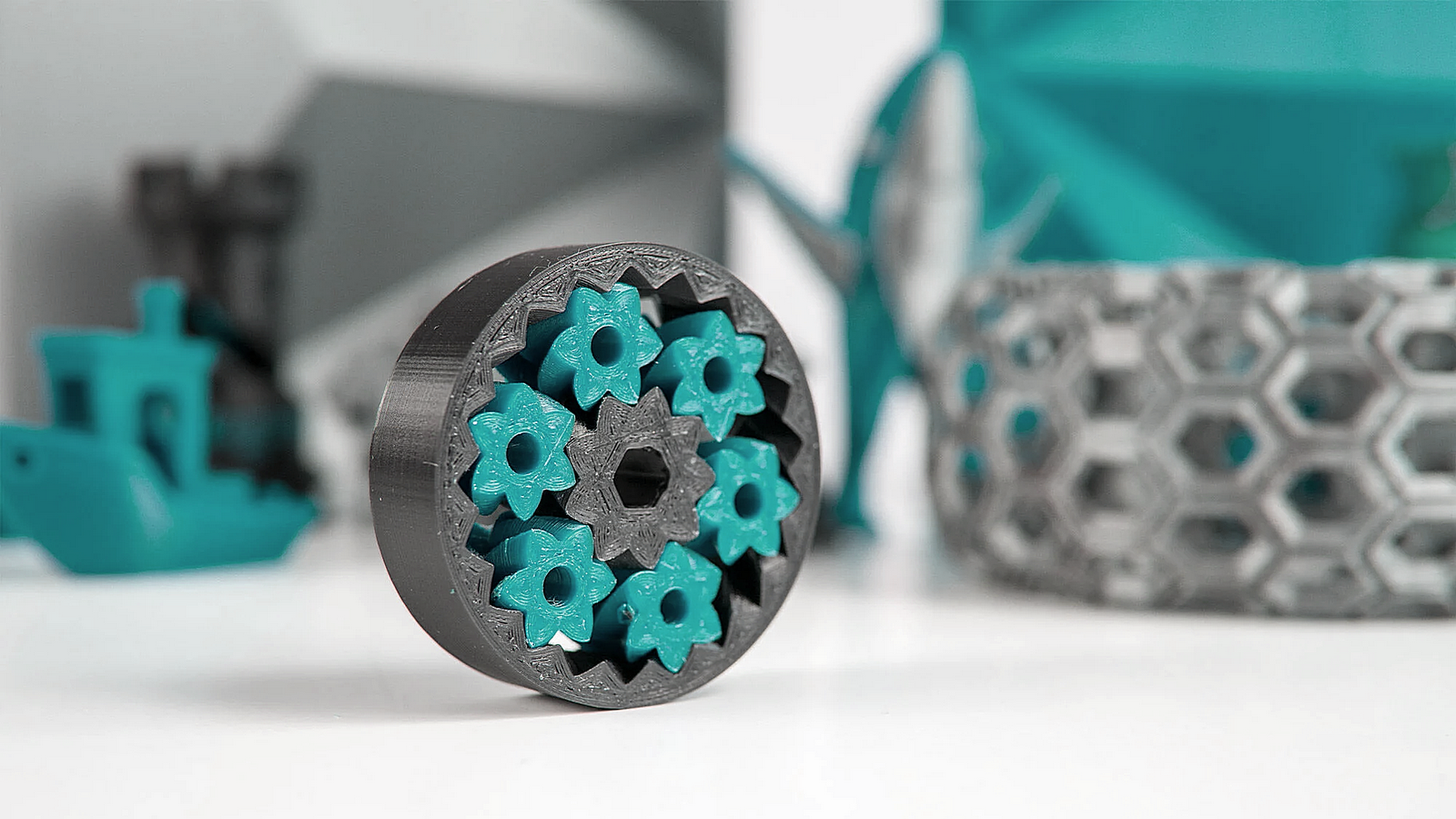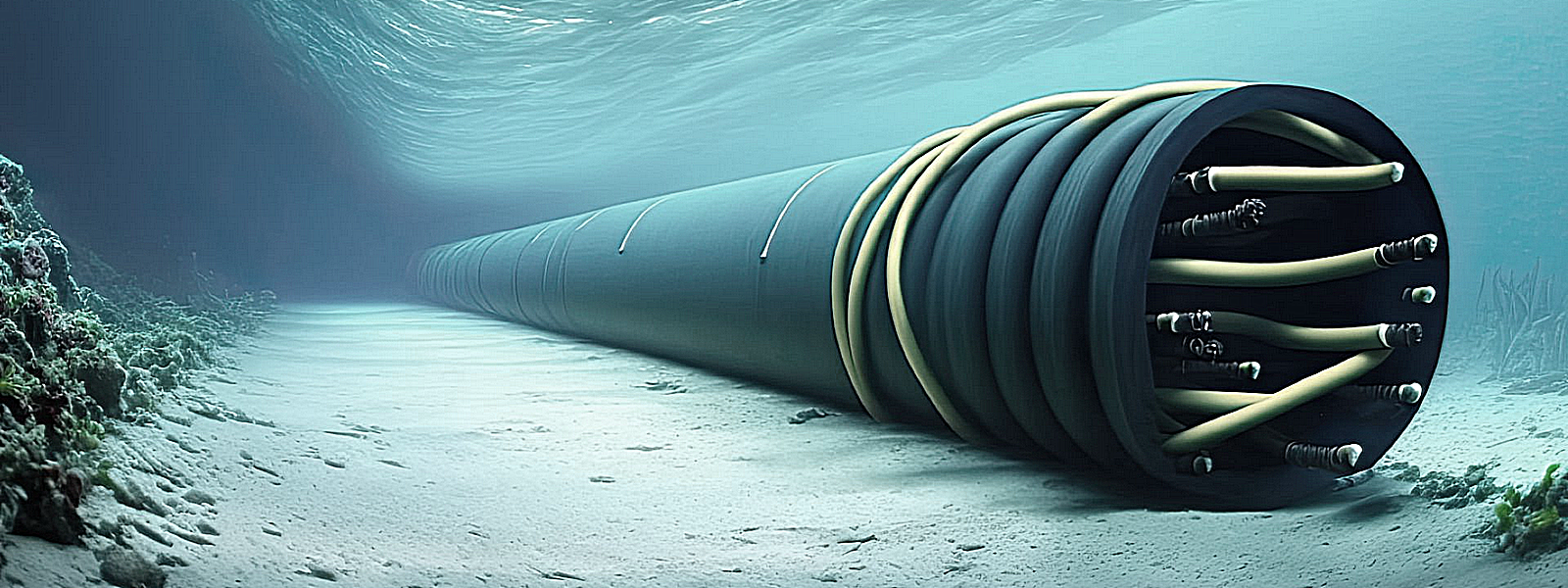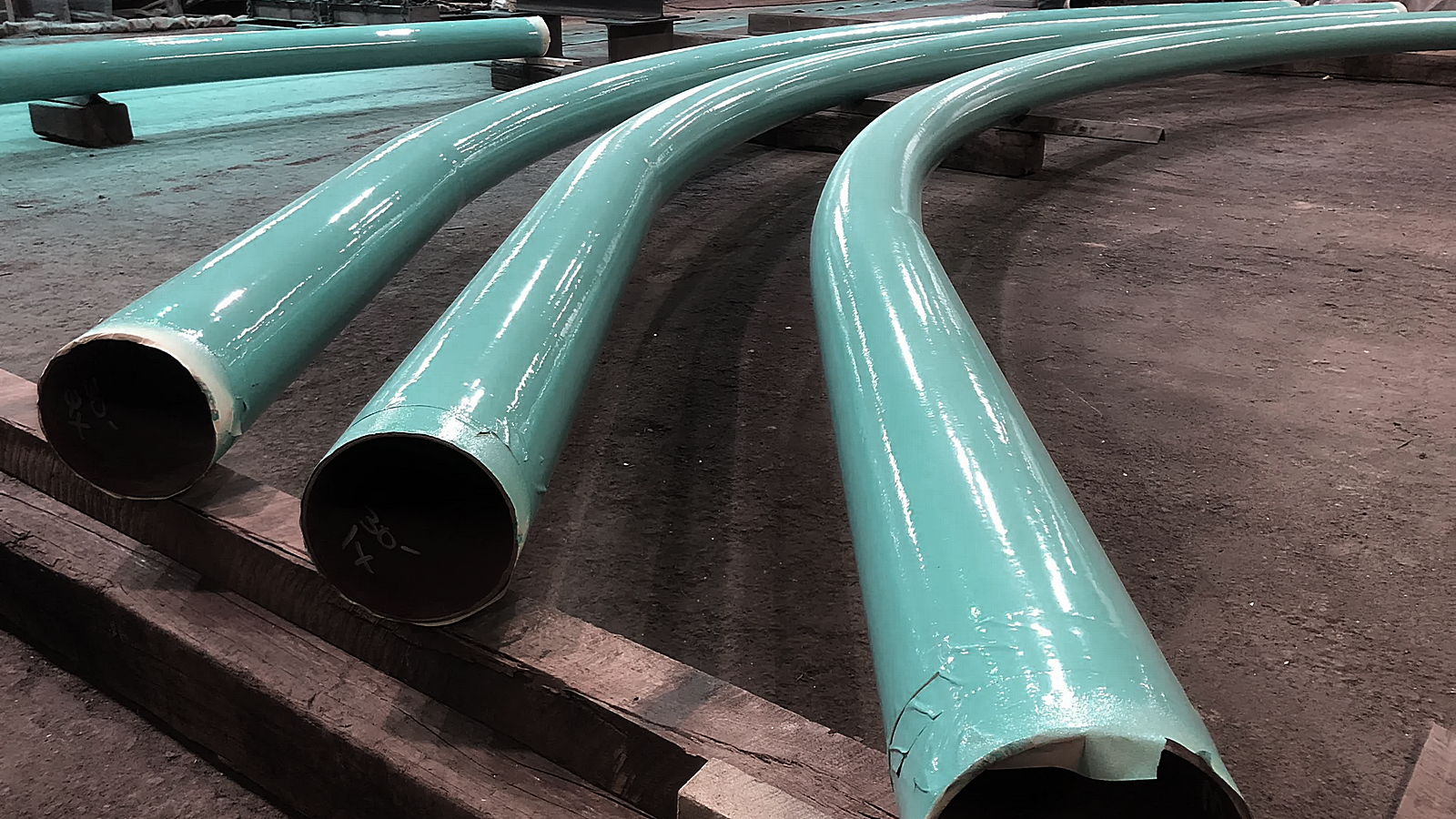| ↓ |
↓ |
ASTM D1238 |
ASTM D256 |
ASTM D1525 |
ASTM 638 |
ASTM D638 |
ASTMD638 |
↓ |
↓ |
| R370Y |
Injection |
18 |
6.5 |
135 |
28 |
<400 |
1200 |
High Transparent container, Food container, Home appliance |
High Transparency, High gloss, Processability |
| R370F |
Injection |
18 |
5 |
130 |
26 |
<400 |
1000 |
Food container, Home appliance |
High gloss, Processability |
| R380F |
Injection |
29 |
4.5 |
130 |
25 |
<400 |
900 |
Food container, Home appliance |
High gloss, Processability |
| R380K |
Injection |
29 |
5.0 |
135 |
28 |
<400 |
1100 |
High Transparent container, Home appliance |
High Transparency, High gloss |
| R362Y |
Injection |
14 |
6.5 |
135 |
28 |
<400 |
1200 |
High Transparent container, Food container, Home appliance |
High Transparency, High impact strength, Stiffness, Heat resistance |
| R365Y |
Injection |
14 |
6.5 |
135 |
28 |
<400 |
1100 |
High Transparent container, Food container, Home appliance |
High Transparency, High impact strength, Stiffness, Heat resistance |
| R366Y |
Injection |
14 |
5.5 |
145 |
33 |
<400 |
1400 |
High Transparent container, Food container, Home appliance |
High Transparency, High impact strength, High stiffness, Heat resistance |
| R366S |
Injection |
14 |
5.5 |
145 |
34 |
<500 |
1400 |
High Transparent container, Home appliance |
High Transparency, High impact strength |
| R380Y |
Injection |
29 |
5.5 |
135 |
28 |
<400 |
1100 |
High Transparent container, Home appliance |
High Transparency, High gloss |
| R390Y |
Injection |
45 |
5.5 |
130 |
28 |
<400 |
1100 |
High Transparent container, Food container, Home appliance |
High Transparency, High impact strength, Stiffness, Heat resistance |
| R392Y |
Injection |
75 |
5 |
130 |
28 |
<400 |
1100 |
High Transparent container, Home appliance |
High Transparency, High gloss, Pocessability,Highimpact strength |
| R930Y |
Sheet |
4.5 |
6.5 |
140 |
28 |
<400 |
1100 |
Tansparent sheet |
High Transparency, High gloss, High impact strenght |
| R931Y |
Sheet |
3.5 |
8 |
135 |
31 |
<400 |
1300 |
Tansparent sheet |
High Transparency, High gloss, High impact strenght |
| R940F |
Sheet |
5.8 |
6.5 |
130 |
26 |
<400 |
900 |
Expansion bead |
Excellent foaming properties, High stiffness |
| R940U |
Sheet |
5.8 |
6.5 |
130 |
26 |
<400 |
900 |
Expansion bead |
Excellent foaming properties, High stiffness, UV stability |
| R680S |
Coating |
28 |
4.5 |
125 |
25 |
<400 |
900 |
Lamination, Coating (Food packaging, Paper coating) |
Adhesive, Processability, Transparency, Stiffness |
| R520F |
Blow molding |
1.8 |
6.5 |
135 |
31 |
<400 |
1200 |
Medical container, Transparent container (IBM, ISBM) |
Autoclave Sterilization |
| R520Y |
Blow molding |
1.8 |
7 |
140 |
32 |
<400 |
1400 |
Transparent sheet, HighTransparent container (IBM, ISBM) |
High Transparency, High gloss |
| R140H |
Film |
6 |
6.5 |
130 |
26 |
<400 |
900 |
CPP co-extrusion, Retort pouch |
Glossy, Transparency, Low heat sealing temperature |
| R140M |
Film |
6 |
6.5 |
130 |
26 |
<400 |
900 |
CPP co-extrusion, Retort pouch |
Glossy, Transparency, Low heat sealing temperature |
| R150L |
Film |
8 |
5.0 |
135 |
29 |
<400 |
1200 |
IPP |
High Transparency, High gloss, High impact strenght, Anti-blocking, Slip performance |
| R151A |
Film |
7 |
5.5 |
130 |
26 |
<400 |
900 |
IPP |
High Transparency, High gloss, High impact strenght, Anti-blocking, Slip performance |






